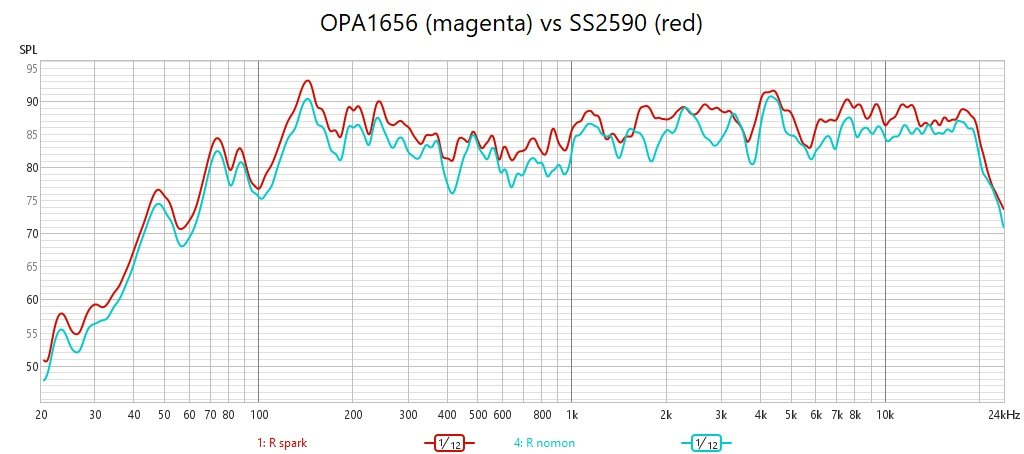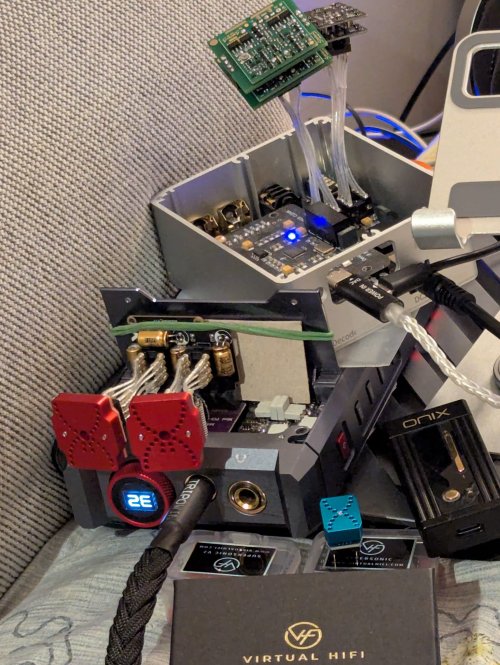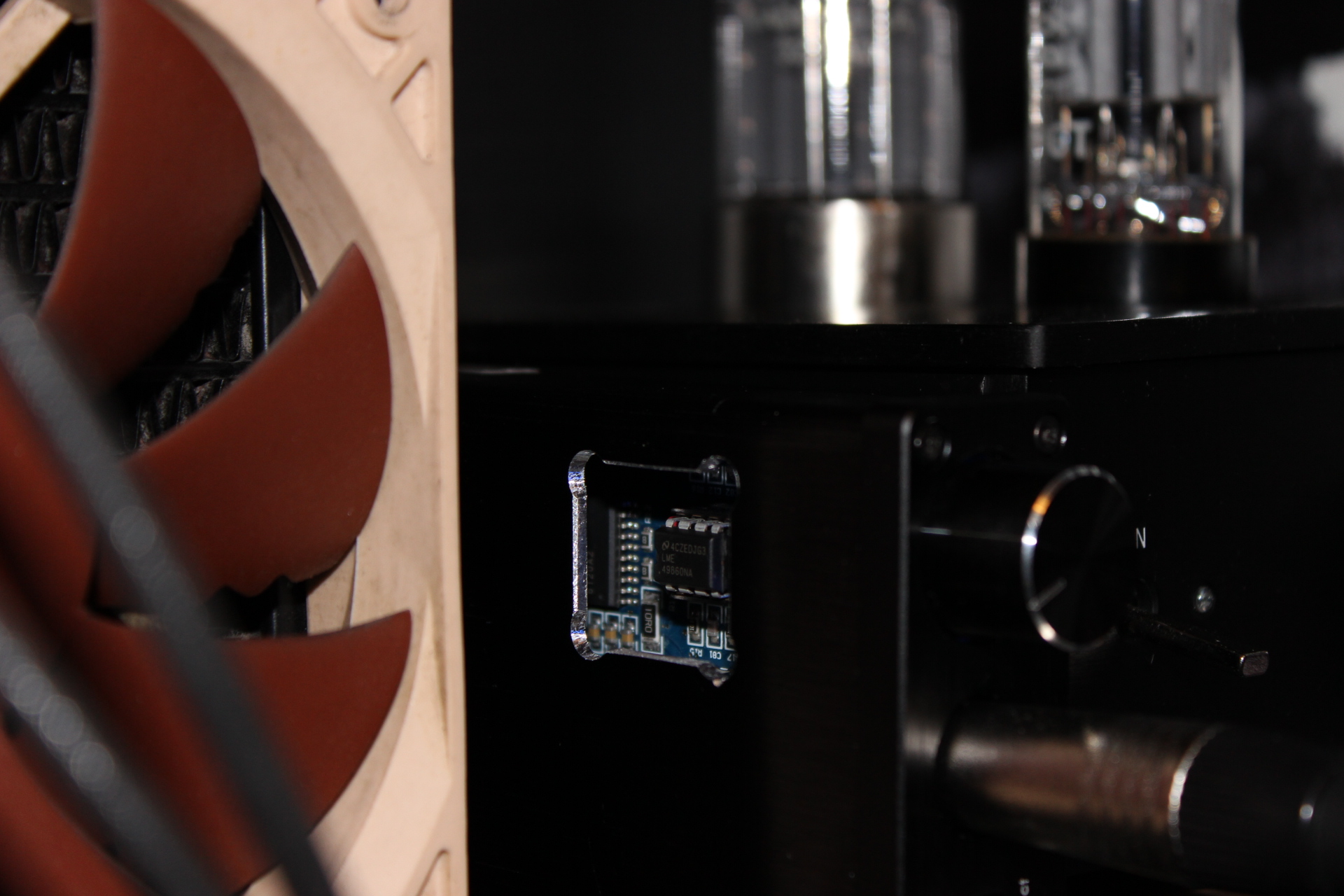nesty
100+ Head-Fier
- Joined
- Nov 10, 2007
- Posts
- 128
- Likes
- 33
I dont know if it is only me but I have Sparkos SS3602, OPA2209 and OPA1692... and I have AD4084 but have not yet engage it in.
OPA1692, clarity and details which translates to better highs., bass it can go deep but not basshead, width and depth is there, mids are a bit laid back but just right.
OPA2209, better instrument separation than 1692 as I compare this with SS3602, bass same with 1692, I can say it's identical when it comes to width, depth and soundstage with 1692. The mids are forward but just on point. highs are there not sibilant but 1692 has better clarity.
OPA1692, clarity and details which translates to better highs., bass it can go deep but not basshead, width and depth is there, mids are a bit laid back but just right.
OPA2209, better instrument separation than 1692 as I compare this with SS3602, bass same with 1692, I can say it's identical when it comes to width, depth and soundstage with 1692. The mids are forward but just on point. highs are there not sibilant but 1692 has better clarity.


























